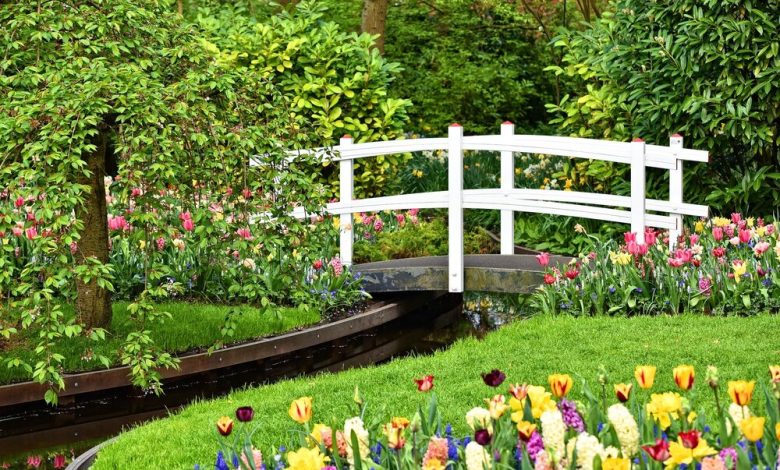6 Eco-Friendly Tips for Designing Your Lawn

Whether you moved into your home recently or you have been a homeowner for some time, you probably appreciate the beauty of a well-designed lawn. Having a great lawn can not only make you happier about coming home from work every evening, but also drives up your property rates.
However, there are more ways than one to have the perfect lawn. To give you an idea, here are six tips for creating an eco-friendly lawn.
Table of Contents
Choose Native Plants and Grasses
When it comes to taking care of your lawn, selecting native plants and grasses is a wise choice. Native species are naturally suited to the local climate and soil conditions, which means they require less water, fertilizer, and pesticides.
They also provide a home for local wildlife, including beneficial insects and birds. Before heading to the garden center, take some time to research the native plants and grasses that thrive in your area. Not only will they save you time and money on maintenance, but they will also contribute to the overall health of your local ecosystem.
Practice Water-Wise Techniques
Water is a valuable resource, and using it wisely is essential for sustainable lawn care. Instead of watering your lawn every day, try deep and infrequent watering.
This approach encourages the roots to grow deeper, making your lawn more resilient during dry periods. Installing a rainwater harvesting system can also help you collect and store rainwater for irrigation purposes.
Embrace Organic Lawn Care Products
Chemical fertilizers and pesticides can harm not only the environment but also your family and pets. Instead, choose organic lawn care products that are safe and eco-friendly.
Look for natural fertilizers made from compost, seaweed, or other organic materials. These products release nutrients slowly, providing long-lasting nourishment for your lawn.
When it comes to pest control, consider using biological controls, such as beneficial insects, or natural remedies like neem oil or vinegar. Not only are these methods better for the environment, but they also promote a healthier and more resilient lawn.
Compost and Mulch
Composting your kitchen scraps and yard waste is an excellent way to reduce waste and create nutrient-rich soil for your lawn. By composting, you can recycle organic materials and naturally enrich your soil. Spread the compost over your lawn to improve soil health, retain moisture, and enhance plant growth.
Additionally, using mulch around trees, shrubs, and garden beds helps retain moisture, suppress weeds, and regulate soil temperature. Organic mulches like wood chips or straw are great options that provide these benefits while also breaking down over time to improve the soil.
Use Sustainable Landscaping Practices
Proper landscaping techniques can significantly reduce maintenance and resource consumption. For instance, strategically placing trees and shrubs can provide shade, which reduces the need for excessive watering or cooling.
Using hardscaping elements like rocks or gravel pathways instead of traditional concrete or asphalt can minimize water runoff and contribute to a more natural aesthetic. Additionally, consider creating functional spaces in your yard, such as a vegetable garden or a play area, to maximize the use of your outdoor space and reduce the need for chemical inputs.
Get Help From Landscaping Contractors
If you’re unsure where to start or need professional advice, consider consulting with landscaping contractors who specialize in eco-friendly practices.
They can assess your lawn, recommend native plants, design sustainable irrigation systems, and provide guidance on organic lawn care. Their expertise will help you make informed decisions and ensure that your lawn is not only beautiful but also environmentally responsible.




